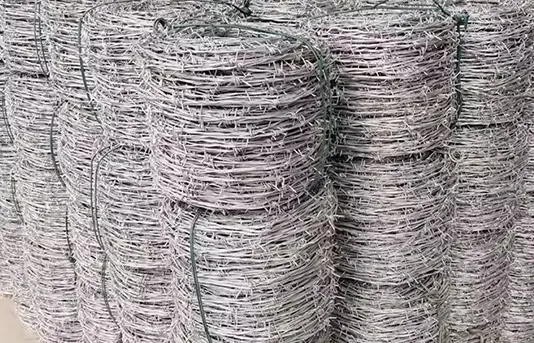-
 Phone:
Phone: -
 Email:
Email:

Wire Handle Production for High-Quality Manufacturing and Custom Solutions
The Evolution and Significance of Wire Handle Manufacturing
Wire handles are an essential component in many industries, ranging from packaging to construction and even consumer goods. The manufacture of wire handles has evolved significantly over the years, integrating advanced technologies while maintaining the durability and functionality that customers expect. This article delves into the various aspects of wire handle manufacturing, including its history, production processes, applications, and future trends.
Historical Perspective
The concept of wire handles is not a recent innovation; they have been used for centuries to simplify handling and transportation. Originally, wire was utilized due to its lightweight yet strong characteristics, making it an ideal choice for carrying heavy loads. Over time, as industries expanded and product design became more sophisticated, wire handles became a staple element in packaging and transport solutions.
In the early days, wire handles were handmade, which required significant labor and time. However, the onset of the industrial revolution brought about mechanization, enabling mass production. This shift allowed manufacturers to offer wire handles in bulk, catering to a broader market while significantly reducing costs.
Production Processes
Modern wire handle manufacturing involves multiple stages, each critical to ensuring quality and performance. The primary materials used in production include various types of steel and aluminum, which are chosen for their strength, resistance to corrosion, and flexibility.
1. Material Selection The selection of appropriate materials is essential as it impacts the handle's strength and its application scope. Stainless steel is commonly used for applications that require resistance to rust, while aluminum handles are lightweight, making them ideal for consumer products.
2. Wire Forming In this stage, the raw wire is shaped into the desired form. Advanced machinery bends and twists the wire to create ergonomic handles. CNC (Computer Numerical Control) technology is often employed to ensure precision and consistency across large production runs.
3. Finishing Processes Surface finish is crucial in wire handle manufacturing, not only for aesthetic purposes but also for durability. Handles can undergo processes like plating, powder coating, and polishing to enhance their appearance and resistance to wear and environmental factors.
4. Quality Control After manufacturing, each batch of wire handles undergoes rigorous quality control to ensure they meet industry standards. This testing process assesses their strength, flexibility, and surface finishes, which guarantees reliability in their applications.
Applications of Wire Handles
wire handles manufacturer

Wire handles are incredibly versatile and find applications in various sectors, such as
- Packaging In the food and beverage industry, wire handles are commonly used with baskets, boxes, and containers
. They facilitate easier transportation for consumers and suppliers alike.- Home Goods Many products, including laundry baskets and storage bins, utilize wire handles, making them easier to carry.
- Industrial Use In construction and manufacturing, wire handles are integral for lifting and moving heavy materials, often integrated into pallets and toolboxes.
Future Trends
The future of wire handle manufacturing looks promising, with several emerging trends reshaping the industry
1. Sustainability With an increasing focus on environmental sustainability, manufacturers are exploring eco-friendly materials and processes. This includes utilizing recycled metals and implementing energy-efficient manufacturing techniques.
2. Customization There is a growing demand for customized wire handles tailored to specific applications. Manufacturers that can offer bespoke solutions through flexible production processes will likely stand out in the market.
3. Technological Advancements The incorporation of automation and smart manufacturing technologies is set to revolutionize wire handle production. This shift promises faster production times, enhanced accuracy, and reduced labor costs.
4. Global Market Expansion As international trade continues to grow, the demand for wire handles in emerging markets is rising. Manufacturers may look to expand their operations to meet these new market demands while ensuring they maintain quality standards.
Conclusion
Wire handles are a prime example of how a simple component can evolve to meet the needs of various industries over time. From historical roots to modern production techniques and future innovations, the significance of wire handle manufacturing cannot be underestimated. As manufacturers adapt to new technologies and sustainability practices, the wire handle industry is poised for continued growth, meeting the demands of an ever-changing market landscape.
-
Wire Mesh for Every Need: A Practical SolutionNewsJul.25,2025
-
Steel Fences: Durable, Secure, and Stylish OptionsNewsJul.25,2025
-
Roll Top Fencing: A Smart Solution for Safety and SecurityNewsJul.25,2025
-
Cattle Farm Fencing Solutions for Maximum SecurityNewsJul.25,2025
-
Affordable Iron Binding Wire SolutionsNewsJul.25,2025
-
Affordable Galvanized Wire SolutionsNewsJul.25,2025
-
Wire Hanger Recycling IdeasNewsJul.25,2025








